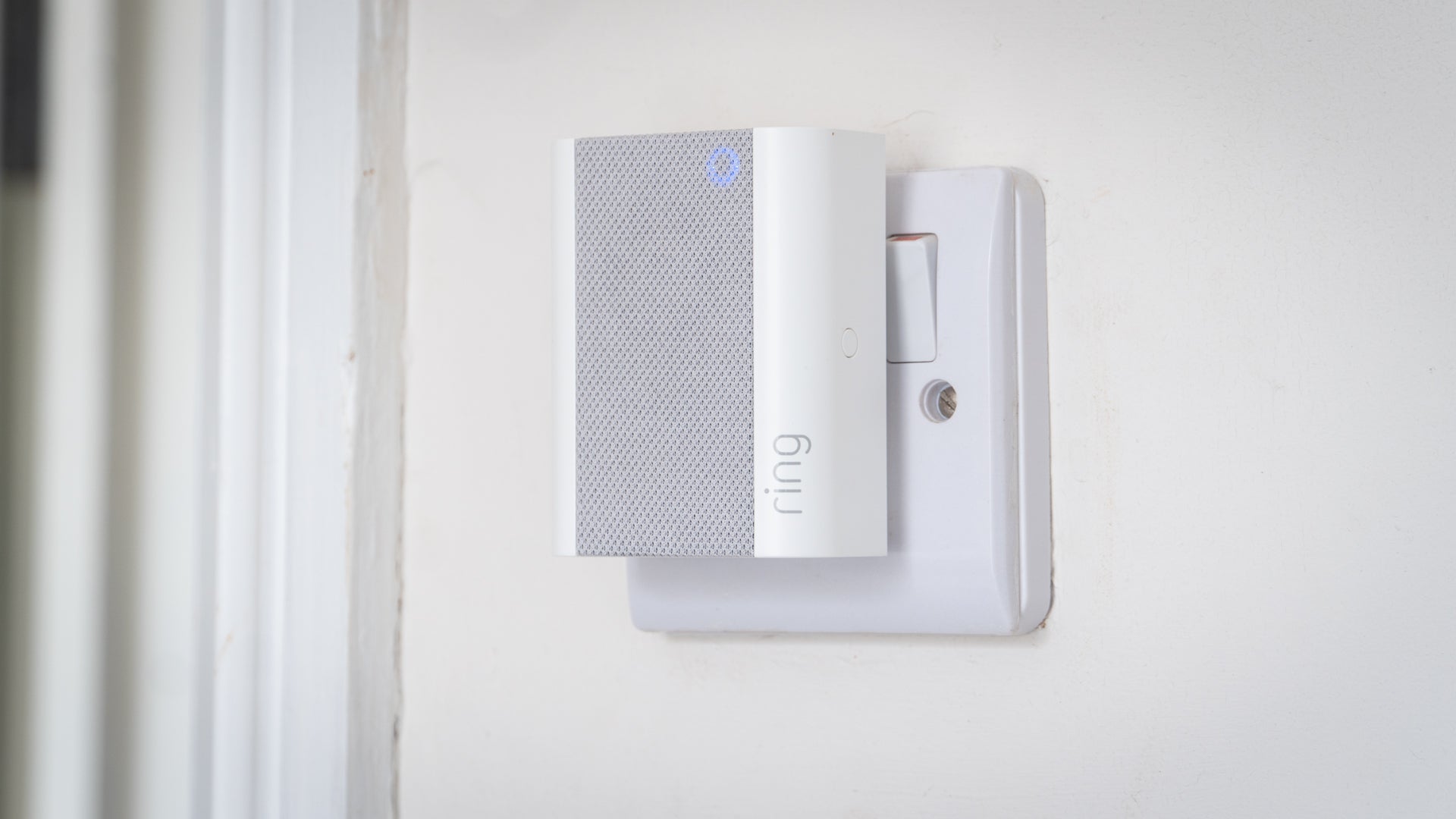A conventional doorbell often uses a physical bell, or a digital equivalent with a rudimentary speaker, to make the universally recognised ‘ding-dong’ sound when a visitor presses the button. But this isn’t how smart video doorbells work.
Instead video doorbells like those made by Ring, Nest, Yale and others play a sound to the visitor, so they know that the button works, but then alert the resident via a smartphone application, not a bell.
Some systems open a video call between the phone and the doorbell’s integrated camera, speaker and microphone. Others send a notification, which can be tapped on to open an app with a live video feed from the doorbell.
This notification can also often be sent to other devices, such as smart speakers like the Amazon Echo, smart displays like the Nest Hub, and sometimes to TV-streaming devices like the Apple TV or Google TV Streamer. When the button is pressed, the Alexa of your Echo speaker will say someone is at the door, or play a custom message if you prefer. The Google TV Streamer and Apple TV can, with a compatible doorbell, make the announcement on your TV and show a live video feed from the doorbell floating in the corner of your television screen.

But what if you want an old-fashioned doorbell chime? These are available, but are rarely included in the box when you buy a video doorbell. Ring does not include one with any of its doorbells, and neither does Nest or Yale. Instead, they are sold separately, usually for around £20 to £40 depending on the brand and the specification of the chime.
The chimes are small devices that connect to any plug socket, then connect either to your Wi-Fi network or directly (and wirelessly) to the doorbell itself.
Once set up, the chime will make a ding-dong sound (or several other ringtones are often available) when a visitor presses the button. That way, you’ll be alerted to the visitor via your smartphone and/or smart speaker, but also by the chime. This can be useful if your phone is in a different room or set to a silent or do-not-disturb mode.
Some smart doorbell chimes also pack additional features. As well as making a noise, the Ring Chime can alert you to motion spotted by the doorbell camera, as well as presses of the button. The pricier Ring Chime Pro acts as a chime, but also functions as a nightlight and a Wi-Fi extender, helping to improve the wireless connection between your Ring devices and router.
Can a smart video doorbell use an existing doorbell chime?

Yes, but often not in the way you might expect. The Nest Doorbell (wired) can be wired into your existing chime, so that it functions like a regular doorbell on top of all of the usual phone and speaker notifications. Other video doorbells come with all of the fuses and connections needed to attach to your existing doorbell wiring, but this wiring is used to provide the video doorbell with power (since the chime gets its power from the mains) and not to make the chime ring.
If you choose to install your video doorbell this way, it no longer has to rely on its own battery, which tends to need recharging every few months, and instead receives constant power from the chime’s own power supply. With the exception of the Nest video doorbell, this prevents the chime from working, so if you want a ‘ding-dong’ sound you’ll still have to buy one of the new wireless chimes mentioned earlier.
To conclude, no, smart video doorbells do not need a chime to function properly, and most don’t even come with one in the box. Wireless chimes are sold separately, however, and it is possible to install several if your home is large enough to require more than one. Many video doorbells can optionally be powered by the wiring of your existing chime, but doing so will likely remove the chime’s original function.



